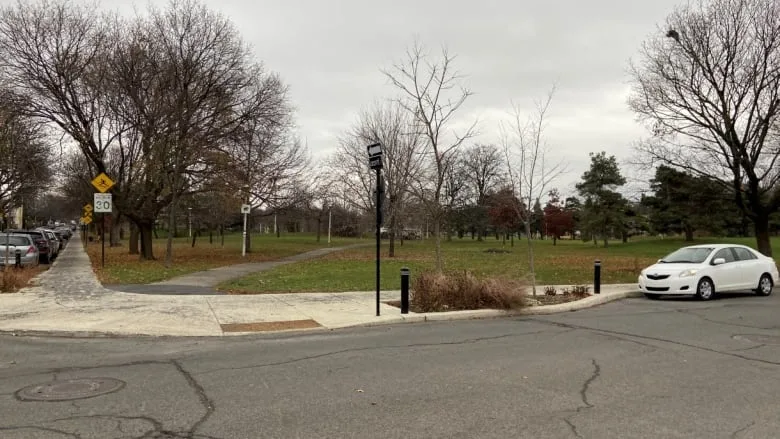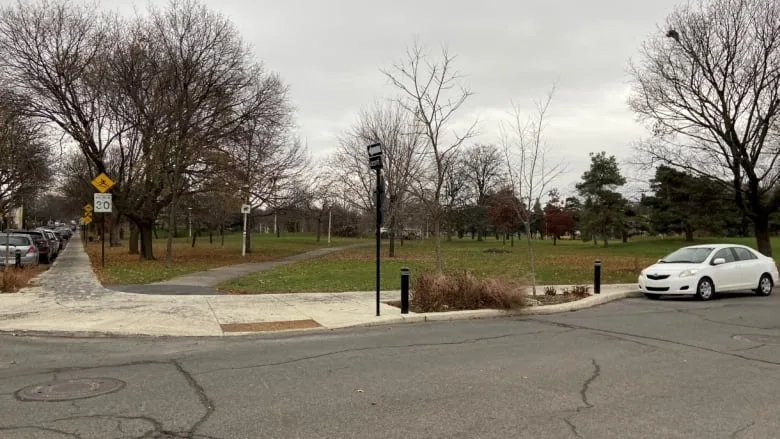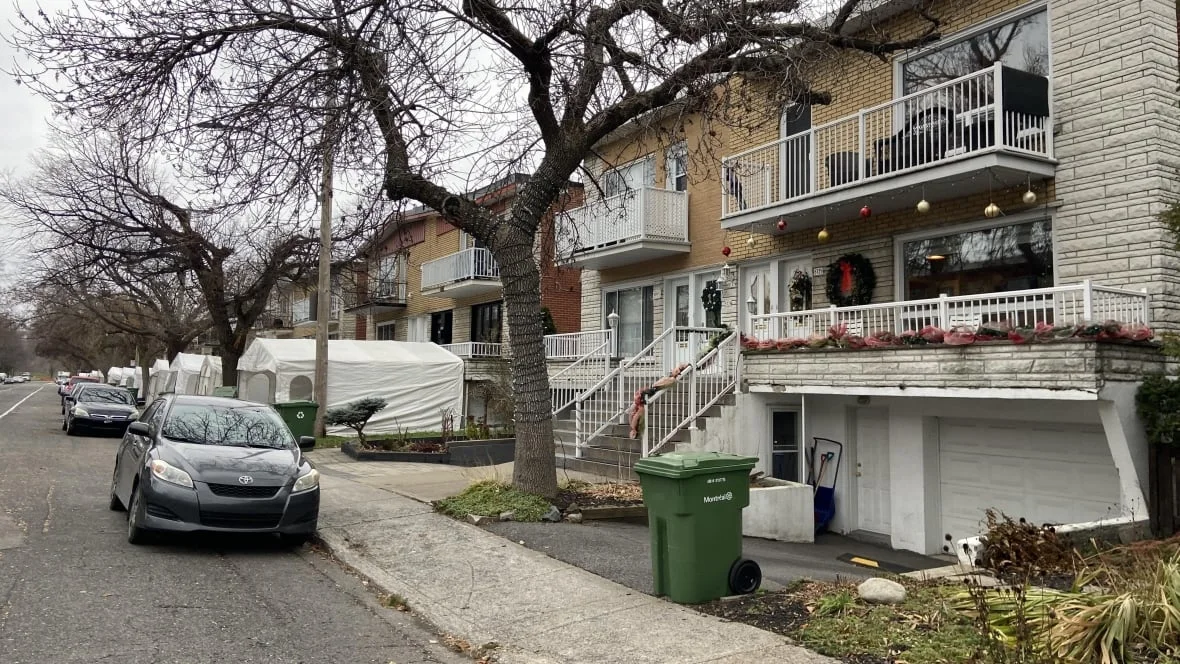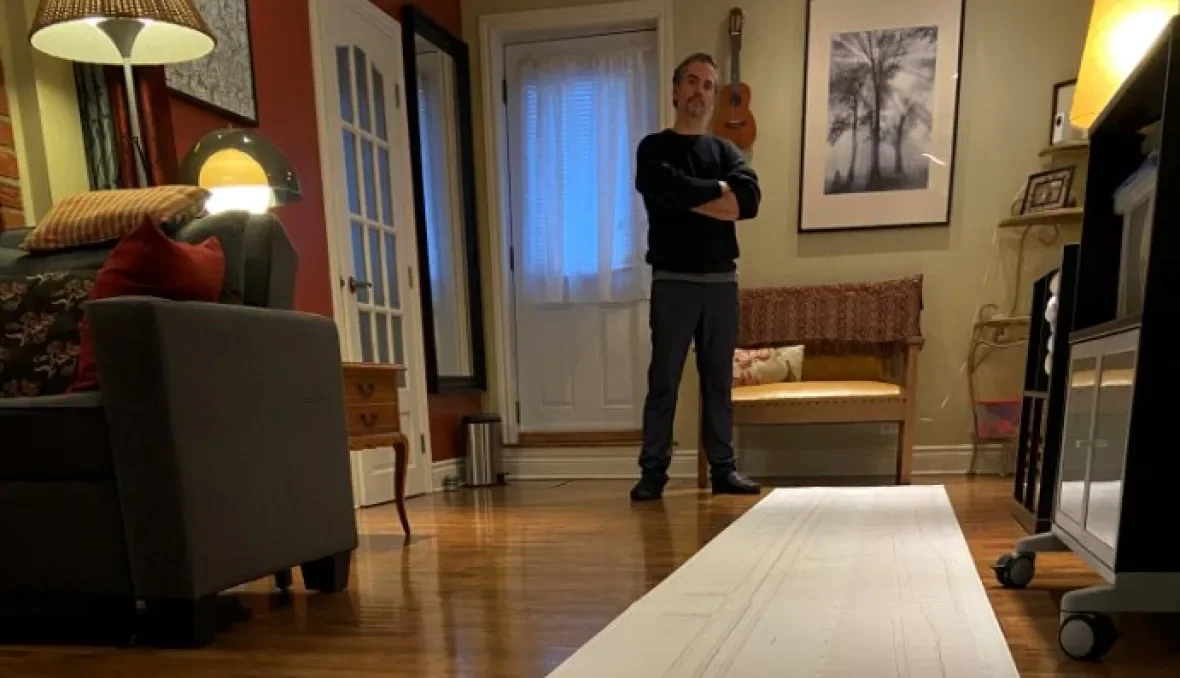
How one Montreal borough is hoping to fight flooding with plant power
"When I hear the rain and I know it's going to be a big one, I come to check this," Peter Gleeson says, motioning toward the drainage system in the floor of his garage. "I have two permanent pumps, and four more."
Gleeson is in the habit of preparing for the worst. He and his neighbours in Montreal's Mercier-Ouest neighbourhood have repeatedly dealt with flooding and sewer backups.
During a heavy rainstorm in September, Gleeson said he successfully "battled the flooding" thanks to his pumps, which ensured that the street water didn't creep into his basement through the garage.
But that didn't stop the sewage from backing up and out of his kitchen sink.
SEE ALSO: Canadians in flood-risk areas unaware, unprepared: Study
"The next door neighbour had the backflow come up in his bathtub on the second floor," Gleeson said.
"Yes, there is surface water. But it's above all the sewage system [that doesn't have the] capacity," he said.
The borough of Mercier–Hochelaga-Maisonneuve is hoping to address the flooding problem, without ripping up the sewage system itself, in part by using a local park to try to absorb the water.

The borough of Mercier–Hochelaga-Maisonneuve is hoping to address the flooding problem by using Pierre-Bédard Park to absorb the water. (Radio-Canada)
A green solution
"Since it was impossible to enlarge the size of the sewers, because it would cost hundreds of millions of dollars, we are developing a project, a new expertise here," said Borough Mayor Pierre Lessard-Blais, motioning to Pierre-Bédard Park.
The city is going to install drainage swales — effectively, a dip or ditch filled with vegetation, built alongside the roadsides to absorb the excess water. An independent pipe underneath will then carry the water back to the park, which will act as a retention basin.
The system should "reduce the risk of flooding in the area and increase the city's water retention capacity when there are heavy rains," explained Lessard-Blais.
According to the administration, the neighbourhood was built on a former waterway, known as the Molson stream — a history which has contributed to the flooding.

According to the administration, the Mercier-Ouest neighborhood was built on a former waterway, known as the Molson stream — a history which has contributed to the flooding. (Radio-Canada)
"This is a new strategy that we have, at the city of Montreal, to manage these heavy rains, which will be more and more frequent with the climate crisis," he said.
It's a plan the administration hopes to expand in the borough. According to the borough's climate plan, made public Monday, all street and park redevelopment work will "systematically incorporate sustainable developments," such as natural drainage, planting trees or adding specific species of plants.
But some residents say they're not convinced that the borough's environmental solution will solve their flooding problems.
Citizens divided over plan
Gleeson, for his part, is skeptical that the city's vegetation project will solve the sewer problem.
In the information documents about the project, the borough acknowledged that the redevelopment of Pierre-Bédard Park and the nearby streets will reduce the risk of flooding, but not sewer backup.
Others have decried the city's plan to eliminate about 60 parking spaces on two streets to make room for the greenery. Lessard-Blais said the Cadillac Metro station is only a few minutes walk away.

Peter Gleeson stands over plans showing the borough's sewer system. For his part, is skeptical that the city’s vegetation project will solve the wastewater problem. (Radio-Canada)
Alba Zuniga Ramos, the municipal counsellor for the borough's Louis-Riel district, said she's concerned about the water that's expected to be discharged into the park during heavy rains.
"The rain that falls, the sewers that overflow, it will go down to the park and it will become, according to what has been explained, a mixture of sewage and rainwater," she said, pointing out that the park is used by seniors and young families.
WATCH: Not being flood ready is costing Canadians, what to do if it happens to you
The story was originally published for CBC News. Based on reporting by Radio-Canada's Philippe Antoine Saulnier.